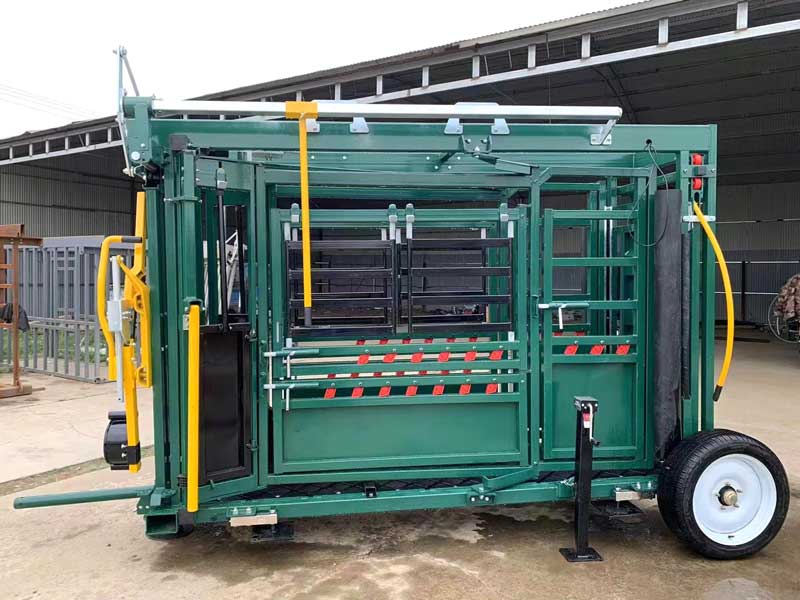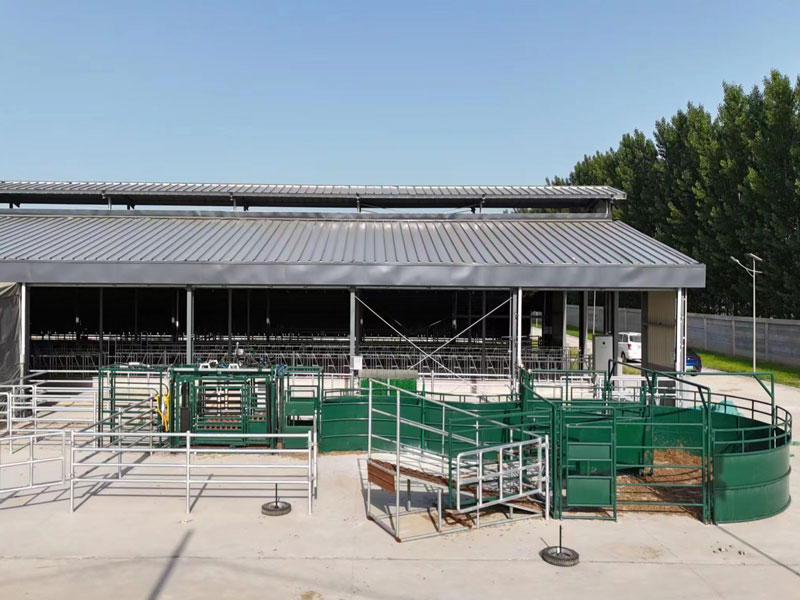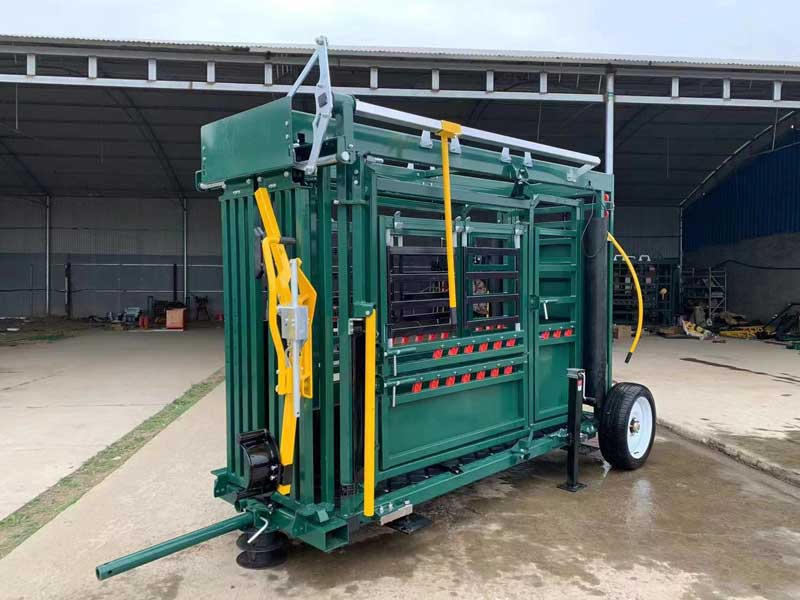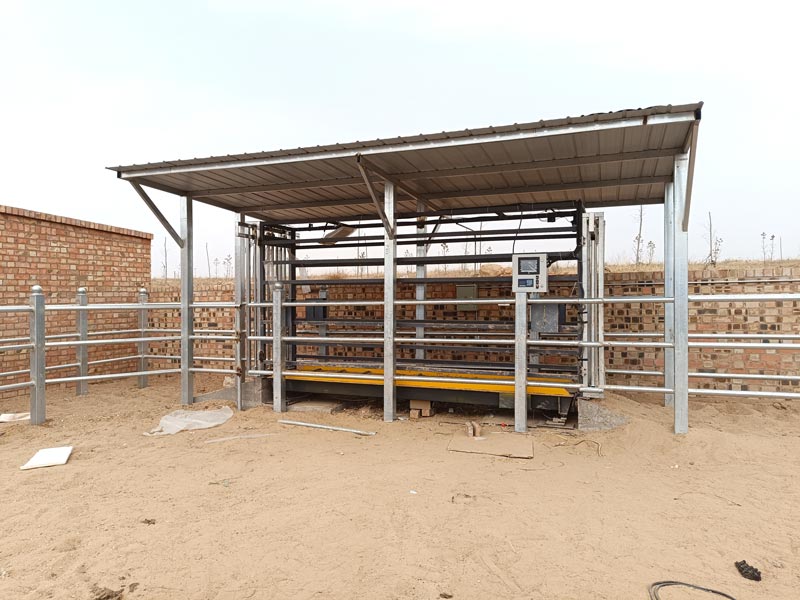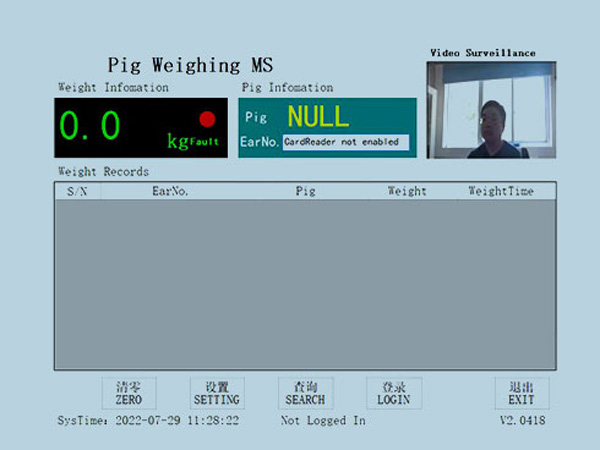Intelligent animal husbandry equipment: EID cattle weighing crate
System composition
EID cattle weighing crate is generally composed of weighing platform, electronic weighing sensor, data acquisition controller, EID reading device (such as RFID card reader), guardrail, display device and supporting software management system.
Working principle
After the cattle enter the weighing crate and step onto the weighing platform, the electronic weighing sensor senses the weight of the cattle and transmits the data to the data acquisition controller. At the same time, the EID reading device automatically reads the identity information carried by the electronic tag (such as ear tag, etc.) on the cattle, such as cattle number, date of birth, breed, etc. These weight data and identity information are transmitted to the management software system via wired or wireless means for recording, analysis and storage.
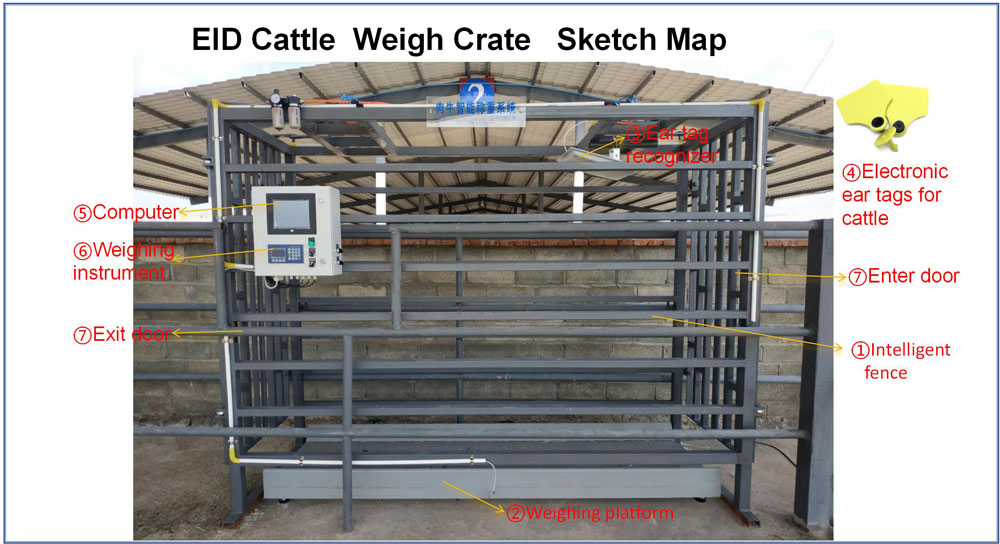
Advantages
Accurate weighing: The use of high-precision electronic weighing sensors can accurately measure the weight of cattle with a small error range, providing a reliable data basis for breeding management, helping to reasonably arrange feed feeding, formulate breeding plans and evaluate cattle growth.
Efficient identification: The EID technology can quickly read the cattle's identity information without manual recording or identification, which greatly improves work efficiency, especially in large-scale breeding scenarios, and can quickly complete the weighing and information collection of cattle.
Intelligent data management: Combined with the management software system, it can record and store cattle's weight data, identity information, and weighing time in real time, making it convenient for breeders to check and analyze cattle's growth curves, weight change trends, etc. at any time, and provide data support for accurate breeding decisions.
Reduce stress response: The design of a more reasonable weighing crate structure and operation process can reduce the stress response of cattle during the weighing process.
Convenient group management: According to weight data and preset grouping standards, the system can automatically group cattle, such as fattening cattle, cows, calves, etc., and formulate personalized feeding management plans for different groups to achieve refined breeding management and improve breeding efficiency.
Remote monitoring and operation: With remote monitoring function, farmers can remotely view the weighing data and status of cattle through mobile phones, computers and other devices, and even perform remote operations, such as setting weighing parameters, viewing historical data reports, etc., which is convenient for daily management and decision-making of the farm.


